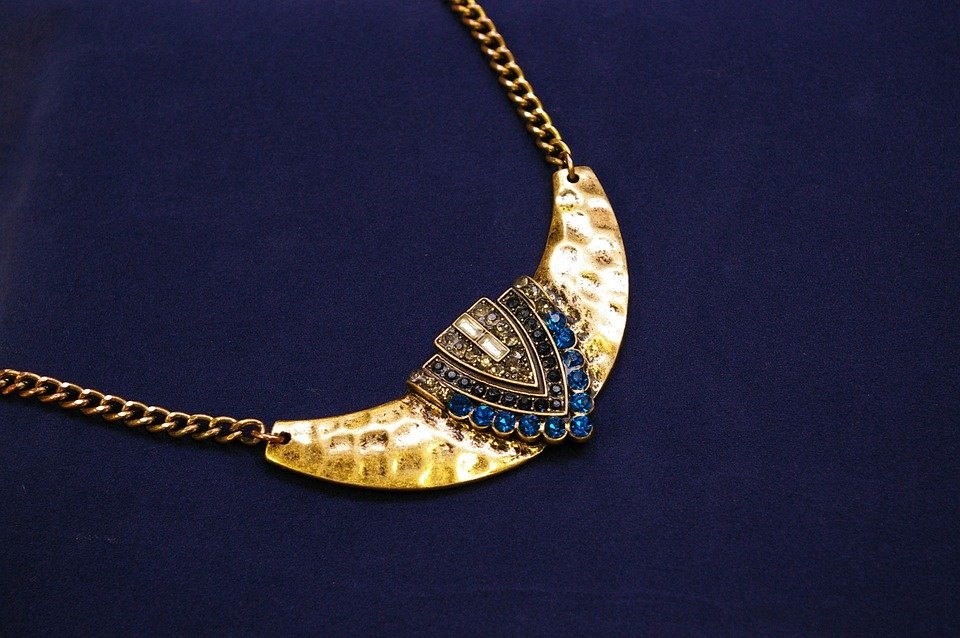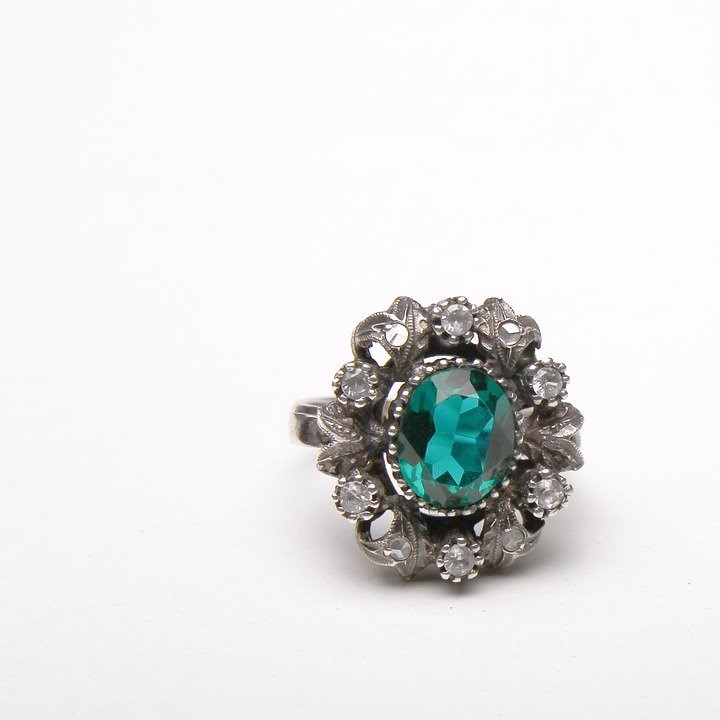The Middle Ages or Medieval Period is one of the longest epochs in human history. It spanned from the fall of the Roman Empire to the Renaissance (the 5th to 15th century). This period was the gap between the classical era and the Age of Discovery. It is frequently considered a time of ignorance and primitive regression. But that characterisation is unfair. Let’s see the Characteristics Of Medieval Jewellery from our eyes.

Art and literature continued to evolve, and many styles and techniques developed along with the shifting cultures. But surprisingly, much of the jewellery of the era comes from the Barbarian and Viking cultures. This is because Christians were less likely to bury jewellery with the dead.
Styles
There were three main periods of the Middle Ages – the Early, High, and the Late – and each of them have characteristics that set them apart. Many different techniques came and went as artisans learned new methods. Jewellery for men was common, and there were as many examples of men’s items as there were for women. The main stylistic phases were Barbarian, Viking, Byzantine, Carolingian and Ottonian. Broaches, earrings, necklaces, and rings are the most common pieces to be found. But head dresses, buckles, and other costume accessories have also been preserved. Today, it is still possible to acquire old jewellery, such as those genuine antique engagement rings online, in great condition. One must be vigilant when purchasing medieval art. Forgeries are common due to the handcrafted style. Certification of authenticity is essential.
Symbolism
Religious symbolism was dominant in the Middle Ages. The symbol of the cross was a dominant feature in the Byzantine, Carolingian, and Ottonian empires, along with representations of the lives of the saints. The Vikings and Barbarians were more impressed with natural themes and geometric patterns. Fantastic abstractions of snakes, deer, and sea creatures are commonly seen.
Materials
Gold is the most common metal for Medieval jewellery. At the beginning of the era, gold-working technology was already quite advanced. The malleability of gold, its unique colour, and its mythical qualities made it a popular choice. Gold alloys were also being used to increase gold’s strength. The Romans had taken most of the gold from Europe, so it was often obtained from Middle Eastern sources or Roman coins and artifacts. Silver, bronze, bone, wood, and ivory were also used, particularly in the Barbarian cultures.
Gems

Since the cutting of gemstones by way of faceting was not developed until the end of the period, gems were prized more for their colour than their refractory qualities. Coral, amber, and pearls were popular because they looked very nice when polished. Precious stones were also used, but diamonds are not so fascinating in rounded shapes. Crystals and lapidary work were highly prized and large gems were popular not only for their size but as a surface for engraving.
Medieval jewellery is identifiable by its craftsmanship. Because there was no modern machinery, it was all handmade by artisans using techniques such as plating, gilding, repousse (hammering from the back), chasing (hammering from the front), and enamelling and casting. The rustic tactile appearance of this period is also its appeal.
Medieval jewellery is undeniably historical and a record of our quest for beauty and ornamentation in a period plagued with tragedy, war, and the shifting of empires.
Share your thoughts in comment section below. Till next time…take care…xoxo.
